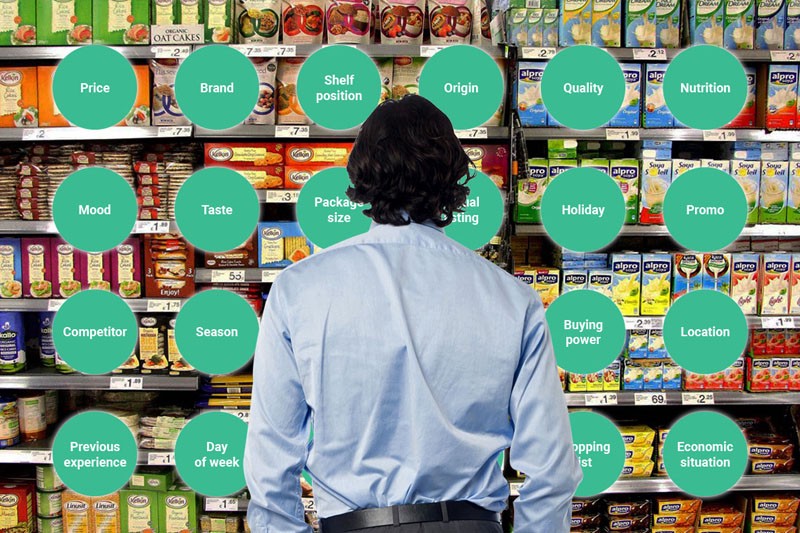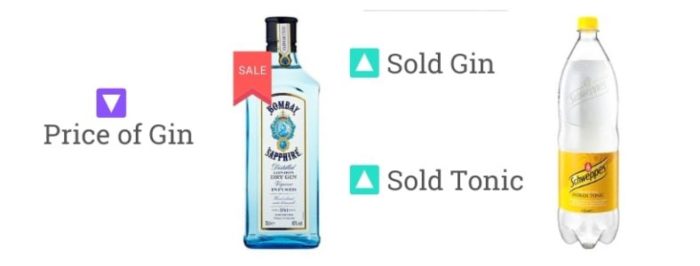The Cannibalization Dilemma
Back in the ’80s, business professionals started to track Revenue Management practices, which later became known as Yield Management, Price Optimization. To improve their overall financial results and boost their margins, dynamic pricing was strategically introduced into several industries, progressively. Nonetheless, customer demand anticipation or price discrimination practices were still on a single unit of goods basis for many decades. At the start of the 21st century, our technology empowered us with extraordinarily fast and accurate computing power–the ability to group units of products and optimize them all at once was introduced, helping business decision-makers take into account not only a single unit of product, but a group of units for financial optimization.

Optimization and the Silo Effect
Broadly speaking, price optimization can be described as using detailed analytics to predict the behavior of shoppers, so that product availability and price can be optimized to generate the maximum amount of revenue possible. It should also be synonymous with the word “profit” or “sales volume”–in the end, that is the primary purpose of any pricing strategy! In the past, analysts, managers, and category managers calculated the price elasticity and seasonality for all of their units in unison, and formed conclusions without envisioning the side effects this would have on a similar product. This led to limited visibility and the creation of false expectations on the predicted performance of their actions. It was correct at the unit level, but not at the overall company objectives level, in terms of expected performance.
Today’s AI/ML technology empowers pricing managers to include the “side effects”–or cannibalization effects–that may occur during the price optimization process. Pricing professionals eventually realized that it is not the right price for a specific customer typology at the right time and location that matters (as they used to believe). Instead, it is the right combination of thousands if not millions, of prices among a group of similar products. A more global and all-encompassing price vision is now possible, which helps pricing professionals make accurate predictions on company KPIs and performance for any pricing decision. This principle applies to literally any pricing strategy.
Current Price vs. Promotion Price
Product promotion is likely the most popular strategic pricing action businesses take to stimulate the market and increment sales. Not considering the collateral effects that these promotions can have on similar products is a big mistake most companies made for several decades, leading to demand displacement, and customer confusion (or even worse, bad price perception), which can potentially achieve quite the opposite effect (cannibalizing and damaging overall sales).

Cannibalization is a major consideration nowadays within the price optimization process. Companies today use price management solutions like Yieldigo in order to perform promotion and markdown optimization, and run what-if scenarios in order to determine the effects and results of any given pricing action. Yieldigo’s price management solution offers the Promotion Dashboard, which amongst many other features such as what-if simulations, are designed to help retailers take the effects of cannibalization into account. These essential pricing techniques genuinely help price managers steer away from making incorrect promotion optimization decisions, a critical tool for saving margins.
Is your pricing team doing everything it takes to mitigate the very damaging effects of cannibalization that will inevitably occur while running promotions?
You can learn more about Yieldigo’s Promotion Dashboard on our product page. If you would like to see our product in action, please reach out to us so that we can schedule time for you with our pricing expert.